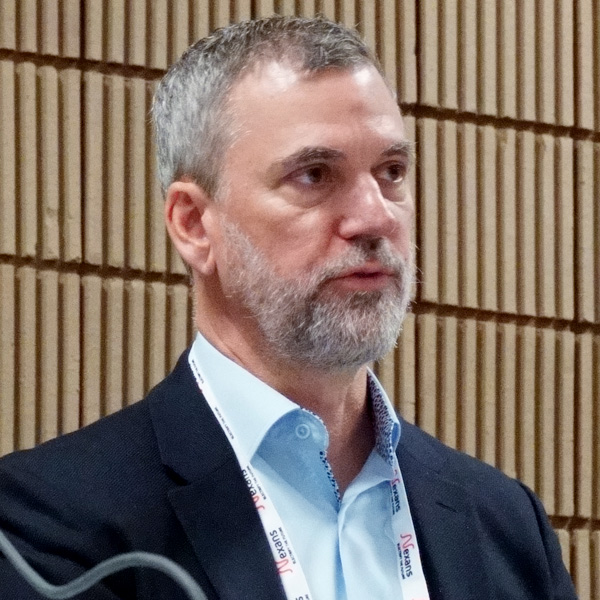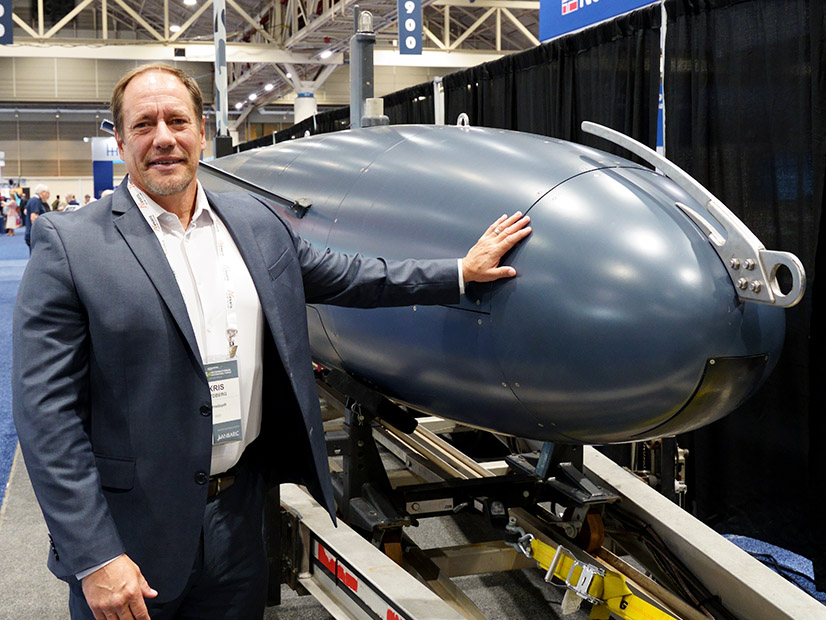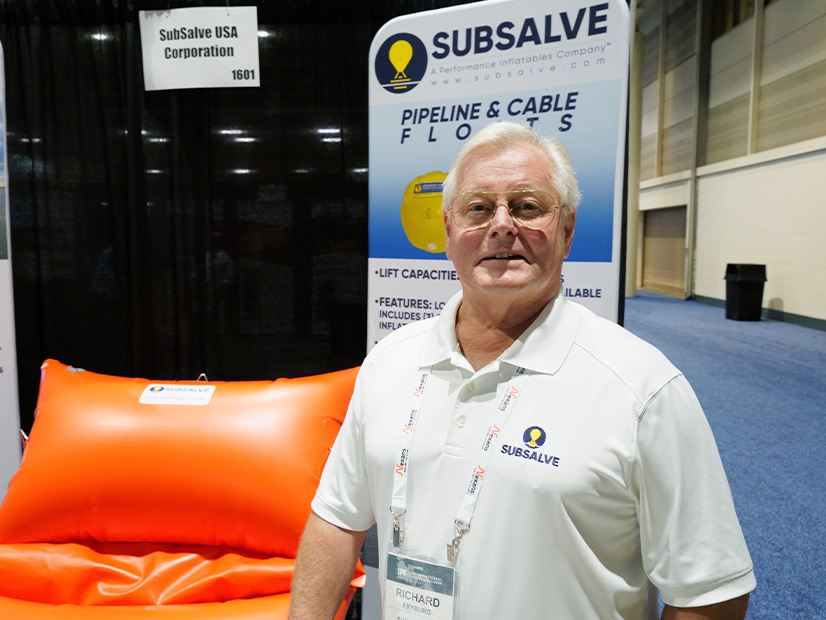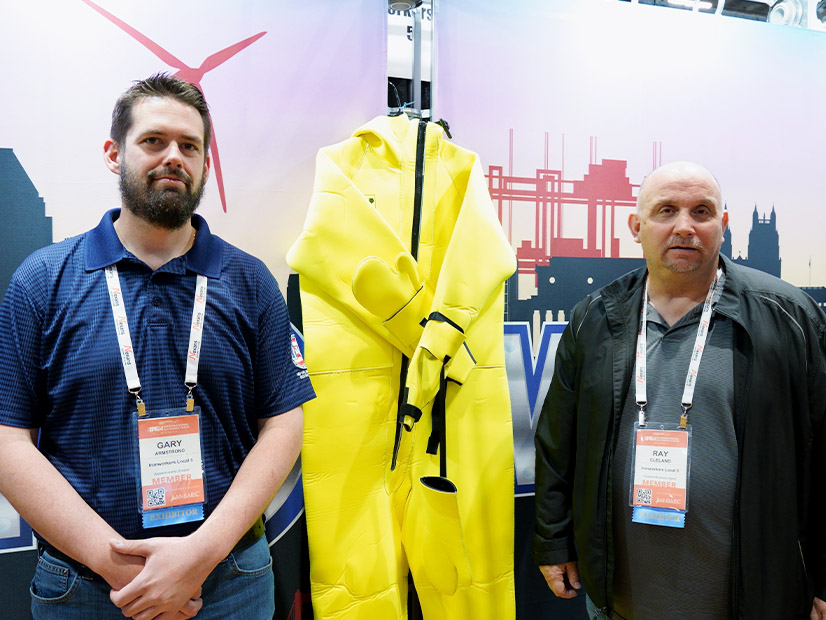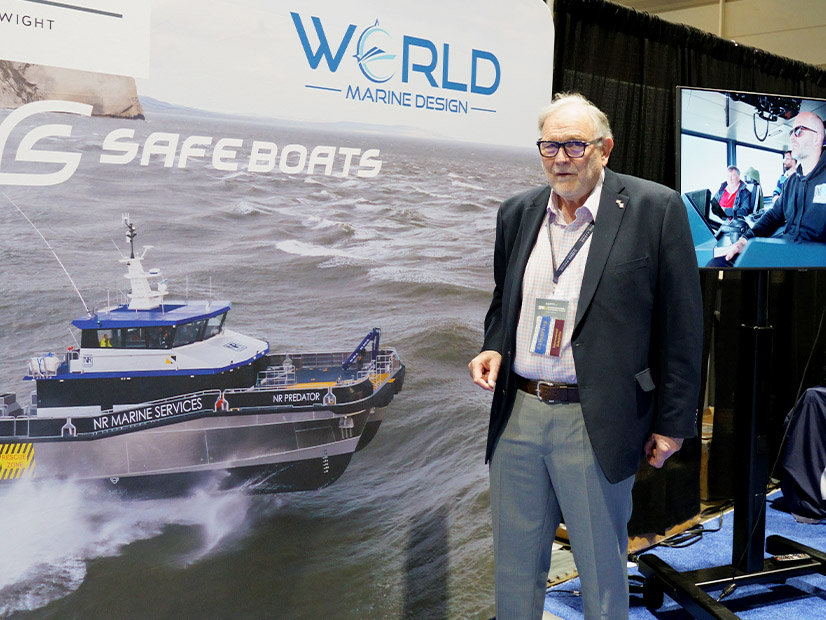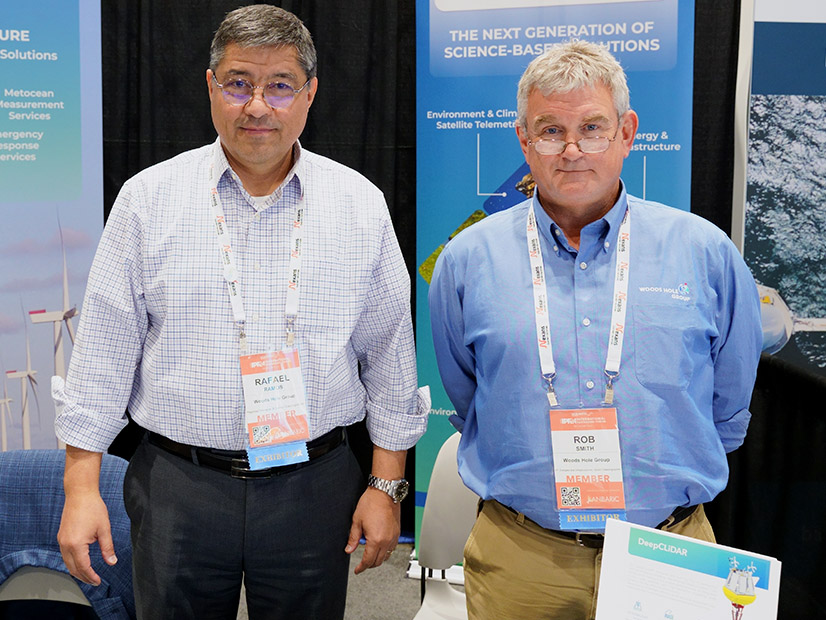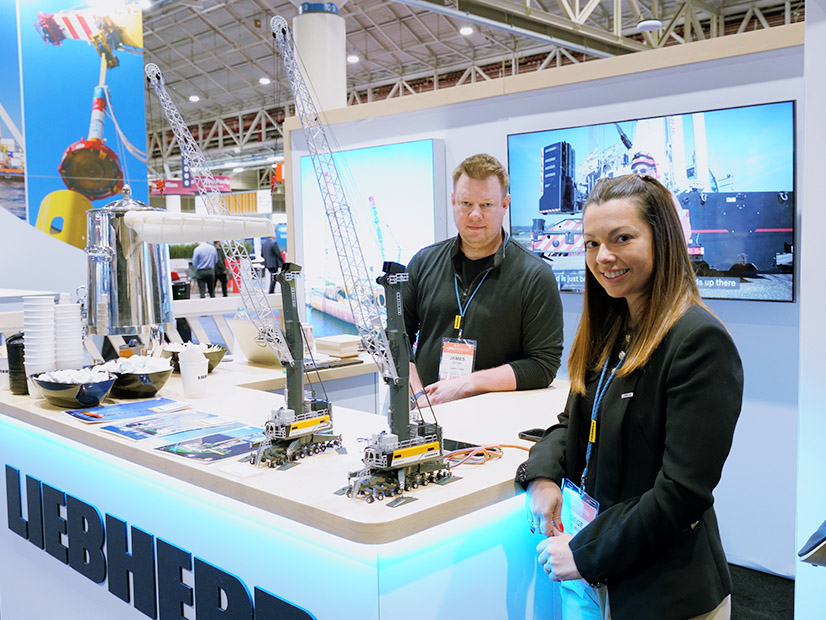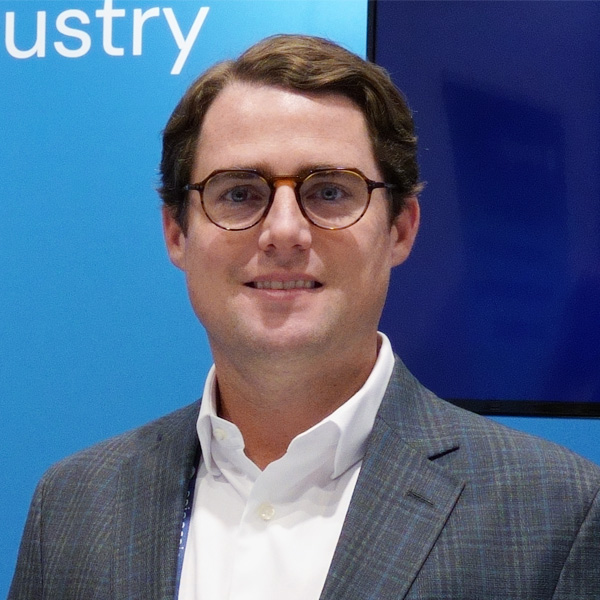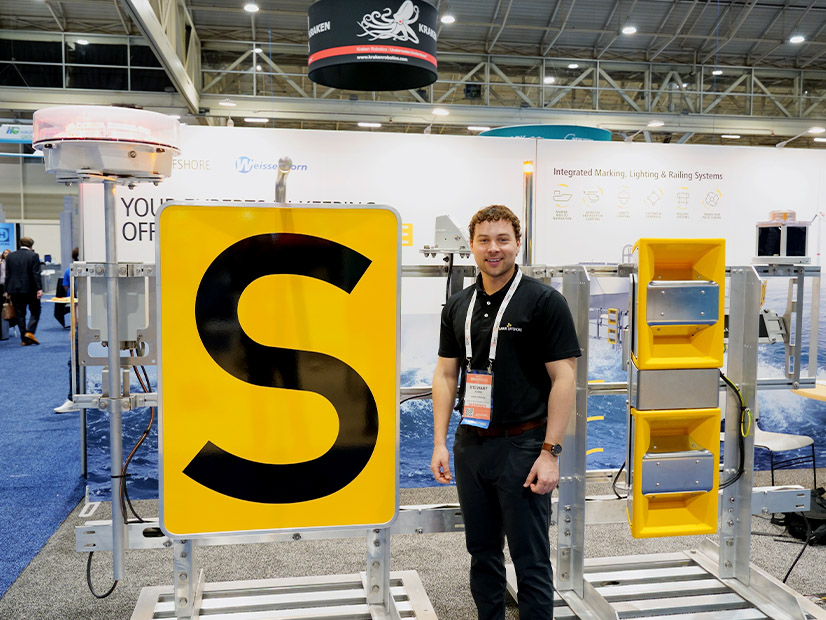MISO plans to use the summer to polish its approximately $20 billion second long-range transmission portfolio and have it ready for board consideration by mid-September.
The grid operator last week said its planners will work to debut a draft portfolio by mid-July for a few weeks of evaluation and stakeholder feedback with its Planning Advisory Committee. MISO said it plans to have the PAC’s decision on whether to recommend the portfolio by mid-August.
By the end of August, MISO is targeting consideration by the System Planning Committee of its Board of Directors. Finally, MISO anticipates presenting the portfolio before its full board for a decision in September during its quarterly Board Week to be held in Indianapolis.
MISO in early March revealed it’s considering a $17 billion to $23 billion package of mostly 765-kV lines in MISO Midwest as the second portfolio under its long-range transmission plan (LRTP). (See MISO Says 2nd LRTP Portfolio Should Run About $20B, Rate Mostly 765 kV; Members Call for More Tx Expansion Following MISO’s $20B LRTP Blueprint.)
During an April 26 workshop to discuss the LRTP, WEC Energy Group’s Chris Plante asked if MISO is giving thought to the lower-voltage upgrades MISO will need to support a “superhighway” of 765-kV lines. He said he doubts there’s enough time for MISO to detect all smaller projects needed to accommodate the lines.
Executive Director of Transmission Planning Laura Rauch said MISO is hard at work identifying smaller upgrades.
“We think we have a schedule that gets us to September,” she said. However, she added MISO will revisit its timeline if analyses need more time.
MISO is contemplating including several transmission benefits in the impending business case it will make for the second LRTP portfolio. It is considering:
-
- reduced risks from extreme weather impacts.
- capacity and energy savings from smaller transmission line losses.
- the lines’ contribution to decarbonization.
- avoided transmission investment.
- fuel and congestion savings.
- reduced transmission outage costs.
- avoided costs from adding capacity that otherwise would be necessary without the lines.
- mitigation of reliability issues.
Some stakeholders attending the workshop criticized MISO for attempting to price minimized reliability risks into the benefits of LRTP using the RTO’s value of lost load. They said it isn’t guaranteed the lines will abate reliability issues.
Bill Booth, consultant to the Mississippi Public Service Commission, said NERC violations are anticipated only five years in advance. Booth asked how MISO is confident poor reliability conditions will occur on its system 30 years in the future absent the lines. He also recommended MISO contrast the price of LRTP versus building incremental reliability projects.
“How do we know that that is providing the least-cost reliability to customers? This is a speculative metric, and maybe doesn’t belong here,” Booth said.
Rauch said MISO will pit the LRTP second portfolio’s usefulness against several cases.
“Reducing risk of load shed is a value, and we can and should continue to talk about it,” she said.
Sustainable FERC Project attorney Lauren Azar said she supported MISO attempting to monetize the value of regional backbone transmission in avoiding the risk of future load shedding.
“There’s no precision in this. Just because we’re looking at reliability standard violations 30 years out, doesn’t mean mitigating them isn’t valuable,” Azar said. She pointed out that when transmission is needed to meet NERC reliability criteria, the projects are built no matter the cost benefit.
American Transmission Co.’s Thomas Dagenais said it’s “a dangerous precedent” to simply bank on real-time operation to avoid load shed and not factor the value of avoided load shed in regional transmission.
He likened the second portfolio to a decision to obey the speed limit on a morning commute to work. He said while he could go “100 mph and nothing bad could happen,” he’d prefer to follow the speed limit for added protection.
MISO again pledged to study the impacts of Grain Belt Express and other planned HVDC or major lines on the reliability value of the second LRTP portfolio. (See “The Grain Belt Express Question,” Members Call for More Tx Expansion Following MISO’s $20B LRTP Blueprint.)
MISO said it will test large projects from its 2023 and 2024 annual transmission expansion cycles, it and SPP’s $2 billion Joint Targeted Interconnection Queue portfolio, and the Grain Belt Express and other merchant HVDC projects with signed transmission construction agreements to see if they handle some of the issues it’s prescribing LRTP lines for.
MISO said it “may modify, add to or remove transmission facilities” because of its testing.
WPPI Energy’s Steve Leovy said MISO asked whether it will study a scenario that includes the SOO Green HVDC Link, which is planned to run underground along existing railway corridors from Iowa to Illinois.
“You’re right that there are multiple HVDC construction discussions in the footprint,” Rauch said, but stressed that MISO will study only the portions of merchant HVDC lines that have signed agreements now. She added that SOO Green’s hypothetical output at the moment appears to be destined for PJM.
Several MISO stakeholders have asked that MISO include the $4 billion Grain Belt Express in base case models for long-term transmission planning. Multiple MISO state commissioners also have said the model should reflect the system that will exist by the time LRTP projects are built, and tacking on an after-the-fact sensitivity analysis that includes the merchant HVDC line isn’t adequate.

